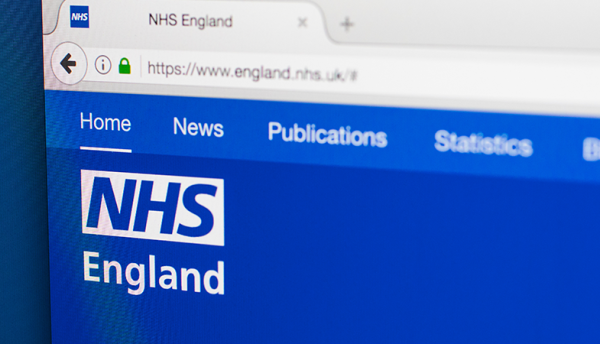The British National Health Service (NHS) is halfway into its 10-year Long Term Plan to ensure it has a service ‘fit for the future.’ This comprehensive strategy encompasses funding, staffing and establishing how best to implement care for an ageing population. Charles Damerall, Senior Director UK&I at SolarWinds, dives into the components that will contribute to the long-term success of the plan.

A central tenet of the plan involves implementing information technology (IT) to deliver a service that can keep pace with innovation while retaining efficiency and cost-effectiveness.
When people talk about digital transformation in the health service, the flagship projects — electronic patient records, the digitisation of appointments or online GP consultations — often steal the limelight.
But the NHS’s digital transformation is vast, complex and multifaceted. And for every headline-grabbing project, scores of other essential platforms run in the background.
It’s something that NHS South, Central and West (SCW) know all about. With offices across the south of England, it provides advanced technical support and transformation services to NHS trusts, hospitals and GP surgeries.
That means keeping a watchful eye on more than 51,000 endpoint devices, 2,100 servers, 1,300 routers and 800 firewalls.
System monitoring provides round-the-clock visibility
Monitoring their customers’ infrastructure is central to SCW’s work.
They must ensure that systems and connectivity are available during core operational times while maintaining GPs’ daily operations, patient visits and processes.
“We can’t live without our dashboards,” says Martin Russell-Raymond, Observability Systems Manager and Technical Operations Service Delivery team member at NHS SCW.
To this end, Martin and his team have invested in a SolarWinds platform. It lets them quickly detect, diagnose and resolve network performance problems and outages.
“I have made the main status dashboard so clear,” he said. “It shows which devices are down, which are up, which have been set to unmanaged and which devices are unreachable.”
This single-pane-of-glass clarity is essential for maintaining the operational integrity of NHS services.
For instance, in 2022, NHS SCW completed a project enabling 97% of its 563 GP practices and 30,017 GP staff to consult patients online.
While this has helped GPs see more patients, greater reliance on such systems inevitably leads to an uptick in clinicians remotely accessing medical data to deliver virtual consultations/telehealth services, increasing network traffic.
Delivering advanced support services against a backdrop of budget constraints
Monitoring all these services to ensure integrity, guarantee availability and enable proactive problem resolution is no small feat. This is why NHS SCW’s investment in a visibility platform has been vital to its work.
Not only does it allow NHS SCW to identify problems before they happen, but when a site does go down, dashboards and maps display the relationships of firewalls, switches and virtual machines. This allows the team to quickly discover the root cause without sifting through multiple alerts.
The platform also provides visibility on the tools being used — or not, as the case may be — across the entire IT estate. In one instance, NHS SCW saved £250,000 by not renewing a redundant tool, helping to meet budget constraints.
And that’s important. The NHS’ long-term plan calls for increased scrutiny of taxpayer funds and NHS budgets. NHS SCW is acutely aware that its work to support health services must be done in tandem with budget stewardship and NHS England’s long-term goals. And this includes spending on technology.
Armed with the tools to carry out proactive problem resolution, reduce overheads, and deliver mission-critical visibility into the systems they maintain, NHS SCW can optimise its work and gain deeper insight into areas of responsibility. All this while ensuring better care is provided to communities across the region.
Click below to share this article

